Protected Areas Work!
A new study from a national park in Senegal has shown that animals such as chimpanzees and species of ungulates and carnivores thrive in protected areas where human interaction and development is kept out.
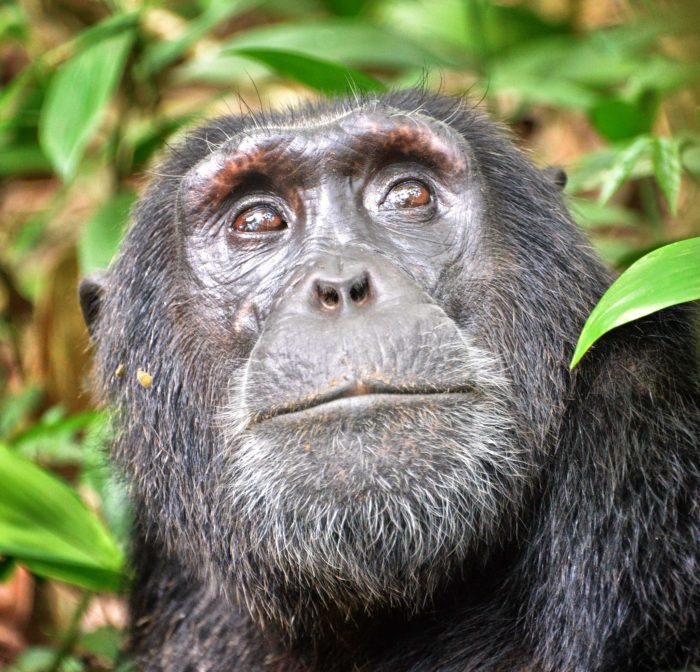 Image: Rod Waddington [CC BY-SA 2.0 (https://creativecommons.org/licenses/by-sa/2.0)]
Image: Rod Waddington [CC BY-SA 2.0 (https://creativecommons.org/licenses/by-sa/2.0)] The West African chimpanzee population has declined by nearly 80% in recent decades. Habitat loss is threatening their livelihoods across the continent, especially in Senegal where corporate mining has started eating up land in recent years.
The geographical distribution of West African chimps overlaps almost perfectly with gold and iron ore deposits and, unfortunately for the chimps, mining is a key piece of the country’s development strategy. Extractive industries are already improving people’s livelihoods and promoting investment and infrastructure development, and researchers are trying to find a way to protect Senegal’s chimps without surrendering these benefits. A new study of animal populations inside and outside a protected area in Senegal, Niokolo-Koba National Park, shows that protecting such an area from human interaction and development preserves not only chimps but many other mammal species. The findings were published in the journal Folia Primatologica.
Lead author Stacy Lindshield from Purdue University said: “We saw the same number of chimpanzee species inside and outside the park, but more species of carnivores and ungulates in the protected area.”
Although habitat loss is the biggest threat to West African chimps, they’re sometimes killed for meat. This is uncommon in Senegal, where eating chimpanzee meat is a taboo – people think chimps are too similar to humans to eat. But this isn’t the case in other West African countries, where researchers might see a bigger difference in chimp populations inside and outside protected areas. National parks could be especially effective at protecting chimps in these nations.
The difference in the number of species of carnivores and ungulates, inside and outside the park was stark – their populations were 14% and 42% higher in the park, respectively.
Hunting practices and human-carnivore conflict are two big reasons why ungulates are thriving inside the park. These animals are frequently targeted by hunters, and some carnivore species turn to livestock as a food source when their prey species are dwindling, creating potential for conflict with humans. Because the two sites are relatively close geographically and have similar grassland, woodland and forest cover, the researchers think human activity is the root of differences between the two sites.
Lindshield’s team conducted basic field surveys by walking around the two sites and recording the animals they saw. They also installed camera traps at key water sources, gallery forests and caves to record more rare and nocturnal animals.
“We’re engaging in basic research, but it’s crucial in an area that’s rapidly developing and home to an endangered species,” she explains. “This provides evidence that the protected area is effective, at least where we are working, counter to what I was hearing from the public. The management of protected areas is highly complex. Myriad challenges can make management goals nearly impossible, such as funding shortfalls or lack of buy-in from local communities, but I think it’s important for people to recognise that this park is not a lost cause; it’s working as it’s intended to, especially for large ungulates and carnivores.”

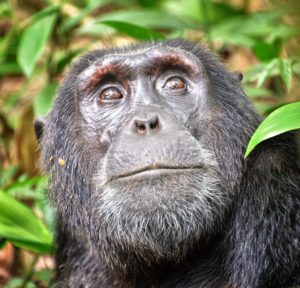
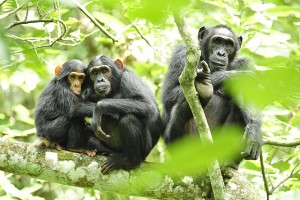
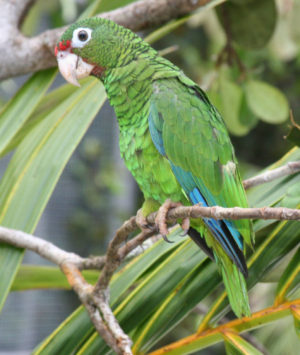
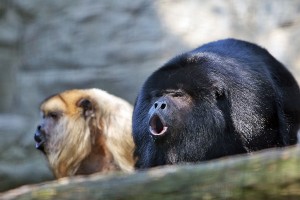
No comments yet.